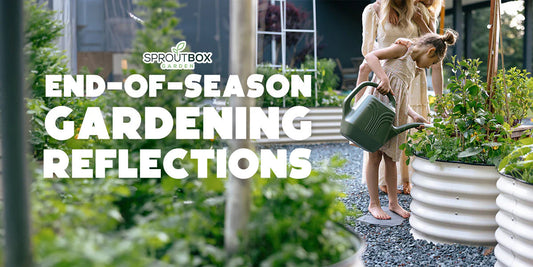Preparing Your Garden for a Second Planting: A Step-by-Step Guide

Just because summer’s harvest is winding down doesn’t mean your gardening season is over! With a little bit of planning and elbow grease, you can get your garden ready for a second round of planting and enjoy a fresh fall harvest. Let’s walk through the steps to prep your garden for another fruitful season.
1. Assess Your Garden
First things first, take a good look at your garden. Check how the soil is doing – healthy soil is key for your second planting success. Look out for any pests or diseases that hit your first crop and tackle those issues now to avoid them again.
Clear out any old plants, weeds, and debris. This will give you a clean slate to work with and reduce the chance of pests and diseases sticking around. Toss healthy plant debris into your compost pile, but be sure to ditch any diseased plants to keep your compost clean.
2. Replenish and Boost the Soil
Your garden has worked hard, so now it’s time to give it a boost. Add some compost or well-rotted manure to enrich the soil. This will improve soil structure, fertility, and help those good microbes thrive.
Check your soil’s pH level with a soil testing kit. Most veggies like a pH between 6.0 and 7.0. If your soil needs a pH adjustment, add lime to raise it or sulfur to lower it.
3. Plan Your Second Planting
Now, let’s figure out what you’re planting next. Cool-season veggies like lettuce, spinach, kale, radishes, and carrots are great for fall. Look for fast-growing varieties to make sure you get a harvest before the first frost hits.
Rotate your crops around your garden to keep the soil healthy and avoid pest problems. Try not to plant the same family of crops in the same spot as your last round.
4. Planting Techniques
Decide whether to direct sow seeds or use transplants. Some crops, like radishes and carrots, do best when you plant them directly in the garden. Others, like broccoli and cauliflower, can start indoors and move outside once they’re sturdy enough.
Follow the planting depth and spacing instructions on your seed packets or plant labels. This ensures each plant has enough room to grow strong and healthy.
5. Care and Maintenance
Your second planting will need some TLC to get going. Keep the soil consistently moist, but not soggy. Young plants need regular watering to establish good roots. Adding a layer of mulch can help retain moisture, regulate soil temperature, and keep weeds at bay.
Keep an eye out for pests and diseases. Catching problems early can prevent them from spreading. Use organic pest control methods, like neem oil or insecticidal soap, to manage pests without harming beneficial insects.
Feed your plants with a balanced, slow-release fertilizer to keep them growing strong. Just don’t go overboard with the fertilizer, as too much can do more harm than good.
6. Extending the Growing Season
To stretch your growing season a bit longer, try using row covers or cold frames. Row covers can protect your crops from early frosts, and cold frames create a warmer environment for your plants as the temperatures drop.
Consider companion planting to boost your garden’s health. Planting garlic near lettuce, for example, can help repel aphids and keep your plants happy.
Getting your garden ready for a second planting can be super rewarding. By checking your garden’s condition, enriching the soil, planning your crops, and taking good care of your plants, you can enjoy a fresh harvest well into the fall.
Using metal raised beds can make this process even easier. They offer great soil control and protect your plants from common issues. Sign up for our email community and get $35 off your first order of metal raised garden beds and other gardening essentials!
For more gardening tips and tricks, check out the rest of our article library.
Happy gardening!



